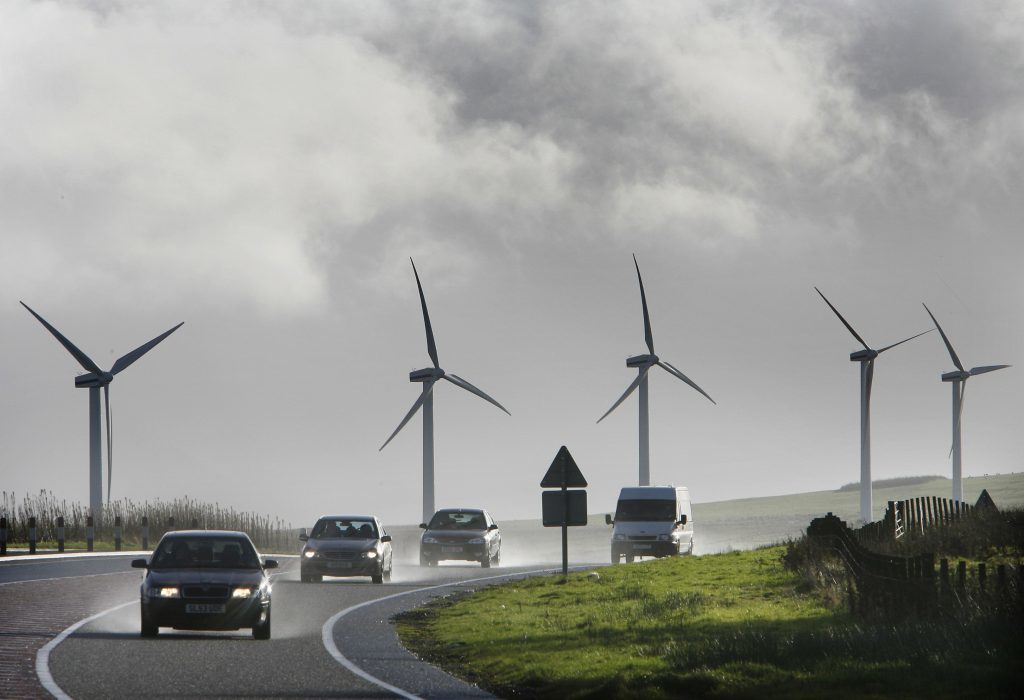
A report by the Energy and Climate Intelligence Unit (ECIU) has found that re-powering UK onshore wind sites built at the turn of the millennium could build on current capacity, yielding a net increase of 1.3GW, enough to power 800,000 homes.
The report finds that many wind farms face either being dismantled or upgraded.
The ECIU study concluded that upgrading preexisting sites could save more than £77million per year “compared with obtaining [energy] from gas-fired power stations” and would bring down energy bills as well as “reducing carbon emissions and dependence on imports fossil fuels”.
The ECIU said building on existing sites could be achieved “without the need to develop new sites, and via subsidy-free contracts”.
Fabrice Leveque, senior policy manager of Scottish Renewables, said: “This report demonstrates the potential for repowering of Scotland’s fleet of onshore wind turbines, and specifically the £77 million per year which doing so would save compared with obtaining electricity from gas.
“Our onshore wind farms deliver 8,000 jobs, £12 million a year in community benefit payments, and considerable economic benefits to Scotland. As the oldest of them begin to approach the end of their operational life government and industry must work together to ensure those benefits are secure.
“The UK Government’s own figures show onshore wind is the cheapest form of new electricity generation, and that Scotland’s onshore wind sector is worth in excess of £1.5 billion a year to the Scottish economy.”
The report also finds that a re-powering upgrade would also heavily benefit the UK supply chain, boosting a demand for “high quality steel”, and benefit local communities via developer payments to the tune of £100million and cheaper electricity.
Emma Pinchbeck, RenewableUK’s executive director, said: “Repowering onshore wind projects with modern, ultra-efficient turbines provides benefits to consumers by delivering electricity cheaper than any other technology. If new and re-powered onshore projects are allowed to compete for power contracts, they can generate low-cost, subsidy-free electricity.
“As this report shows, the onshore wind industry’s supply chain offers industrial benefits to sectors such as the UK’s steel industry producing high-quality material for turbine towers. But onshore wind still needs a route to market, so it’s encouraging to see Ministers examining possible ways forward for this technology, which has consistently enjoyed a high level of public support”.
Recommended for you
